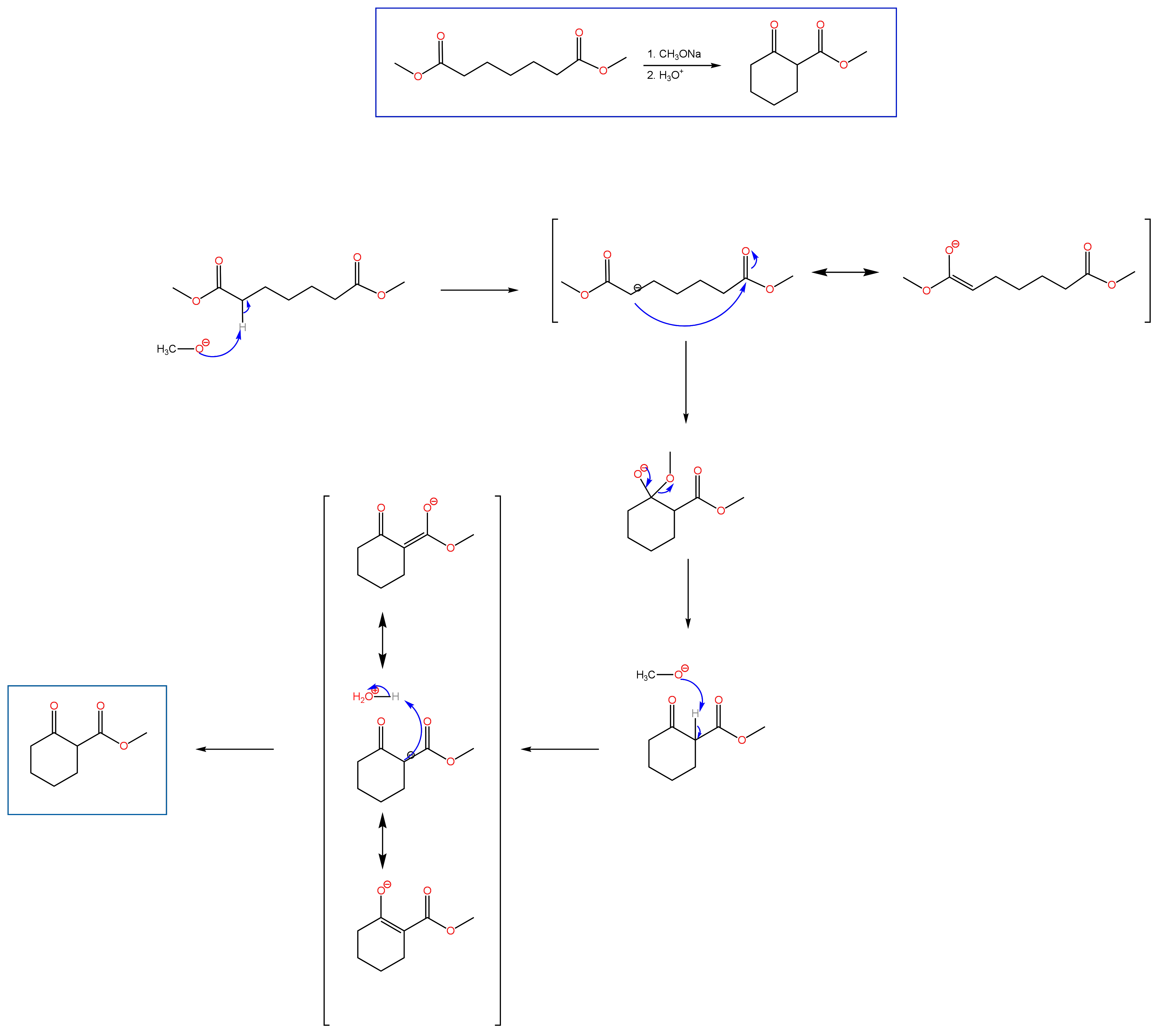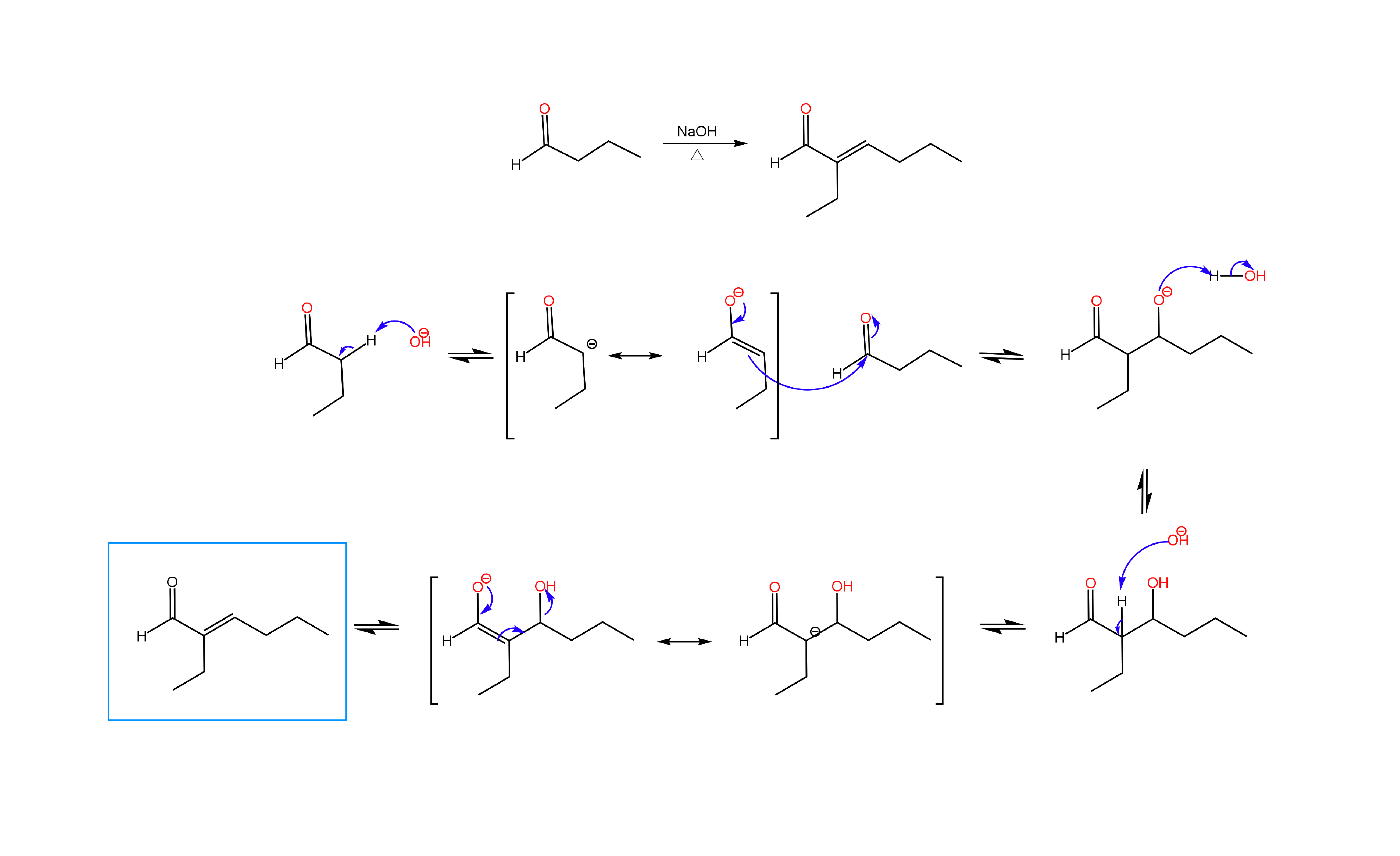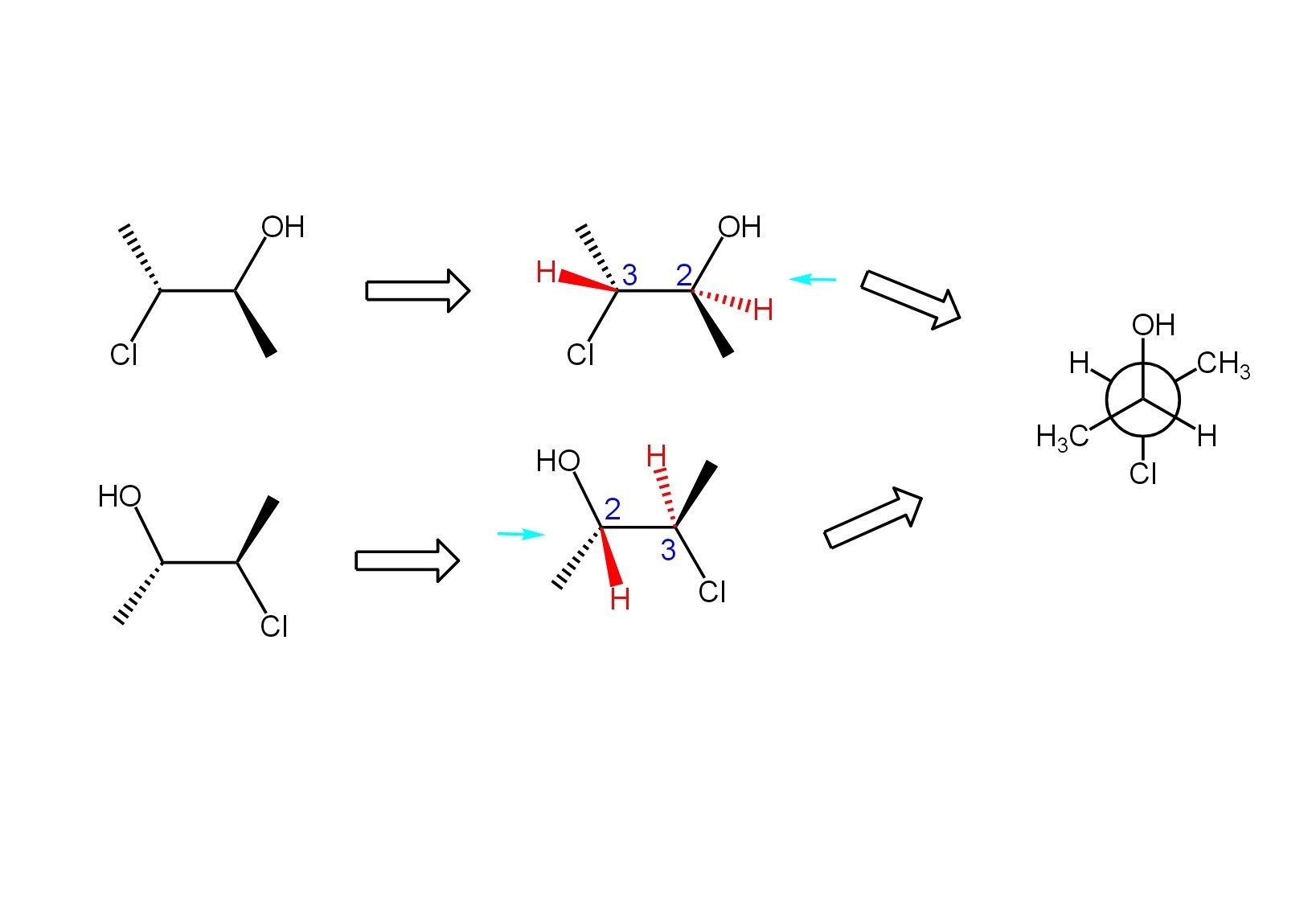Guilford Techno Consultants, Inc
Claisen Condensation
Wednesday, April 19, 2023 by Guilford Techno Consultants, Inc. | Enolates
Carbonyl chemistry is a prominent part of the second semester of Organic Chemistry. An important component of carbonyl chemistry is reactions at the alpha carbon, such as the Aldol condensation that I spoke about in a previous post. Another condensation reaction covered in the second semester is the Claisen condensation. While an Aldol condensation is a reaction between aldehydes or ketones, the Claisen condensation involves the reaction of an ester with the enolate of another ester, a ketone, or aldehyde. If two esters are used as starting material, the product will be a β-keto ester. The resulting product from the condensation of an ester with a ketone will be a β-diketone. As with the Aldol condensation, the Claisen condensation can be performed with two moles of the same ester (self condensation). Unlike the Aldol condensation, the Claisen condensation involves two steps, the first being the generation of the enolate under basic conditions, followed by the subsequent attack of the second carbonyl compound to yield the product. After formation of the product, however, an acid step is needed to protonate the resulting alpha carbon between the two carbonyls. Below you will find the mechanism for the Dieckmann cyclization, which is an intramolecular Claisen condensation. Practice problems can be found under the OChem II tab.

Aldol Condensation
Wednesday, March 29, 2023 by Guilford Techno Consultants, Inc. | Enolates
We are more than half way through the semester, and many OChem II students are learning about alpha carbon chemistry, the many reactions that can be done with enolates. One of the reactions that students find challenging is the Aldol condensation. In an Aldol condensation performed under basic conditions, an aldehyde or ketone is reacted with the enolate of another aldehyde or ketone, producing an α,β-unsaturated carbonyl compound. The reaction can be performed with two moles of the same molecule (self condensation) or one mole each of different molecules (mixed Aldol). In either case, the enolate of one molecule is formed through deprotonation of an alpha carbon with base, followed by addition of this enolate to the carbonyl of the second molecule to produce an α,β-hydroxy carbonyl compound (Aldol product). Elimination of the beta hydroxy group yields the α,β-unsaturated carbonyl compound (Condensation product). Below you will find an example of a self condensation of an aldehyde. Practice problems can be found under the OChem II tab.

Drawing Newman Projections
Monday, January 9, 2023 by Guilford Techno Consultants, Inc. | Conformational Analysis
I use Newman projections often in OChem I. They are the best way to rotate around a carbon-carbon bond so I like to use them when I have to do a bond rotation on a starting material to get to the correct product in a reaction (for example, E2 elimination reactions, which will be discussed in another post). Many students find Newman projections difficult at first because it can be hard to visualize a three dimensional molecule drawn on a two dimensional page. Adding to the frustration is that organic chemists draw organic molecules as skeletal structures that do not depict hydrogen atoms.
A good perspective (wedge/dash) drawing is key to drawing a Newman projection correctly. Before I draw the projection, I make sure that all of the groups or atoms attached to each carbon of the bond I am sighting down are depicted. In other words, if I find that there are hydrogens missing from the structure, I draw them on the appropriate wedge or dash. It is important to remember that a wedge represents a group or atom coming out of the front of the page towards you, and a dash represents a group or atom going out the back of the page away from you. Any group or atom on a bond that is drawn as a straight line is in the plane of the page.
When sighting down the appropriate bond, I place myself either to the left or the right of the molecule, and then I draw exactly what I would see if I were physically in the plane of the page. Regardless of which side I am looking from, I draw the bonds that are on straight lines either up or down on the projection. If I am on the left hand side, that would put the bonds on wedges to my right and the bonds on dashes to my left, and that is how I would draw them on the projection. If I am on the right hand side, the bonds on wedges are on my left and the bonds on dashes are on my right. The example below illustrates my process for drawing a Newman projection. Take a look at it and convince yourself that each molecule would give the same Newman projection.

Practice problems can be found under the OChem I tab. For each molecule in the image, draw the corresponding Newman projection, sighting down the appropriate bond as indicated by the red arrow.

